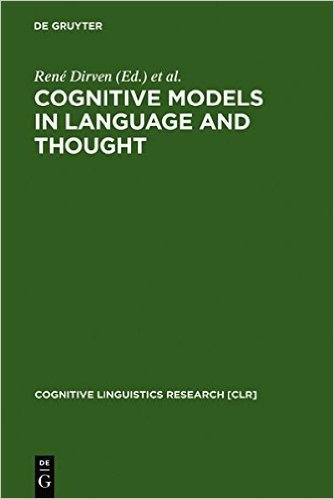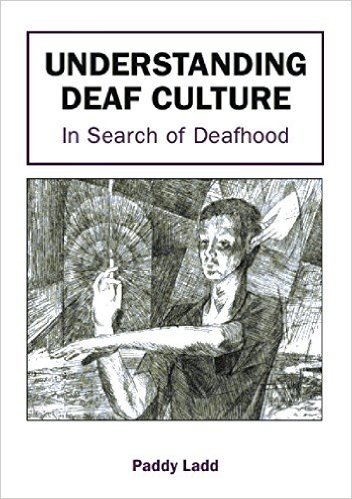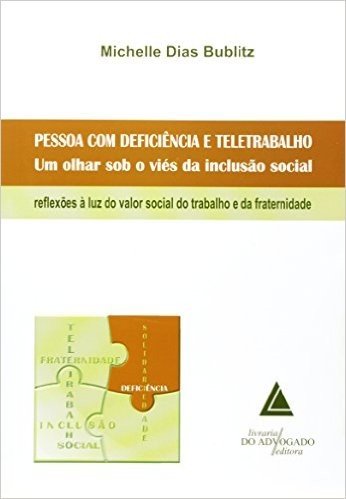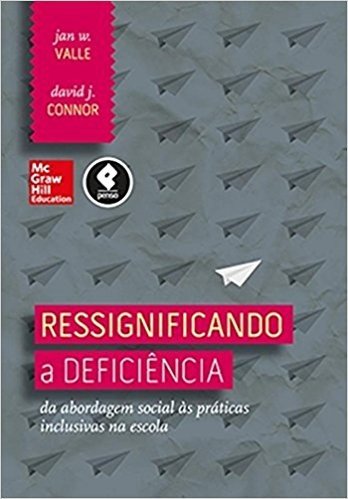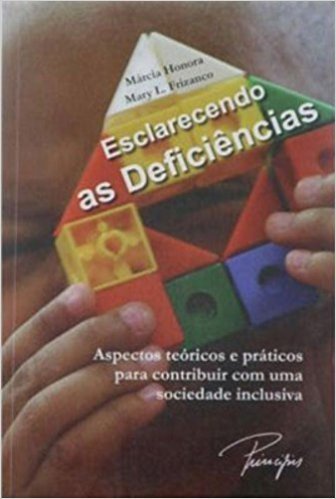Writing Scientific Papers in English Successfully: Your Complete Roadmap baixar mp3
Formatos de livro
- Writing Scientific Papers in English Successfully: Your Complete Roadmap baixar pdf
- Writing Scientific Papers in English Successfully: Your Complete Roadmap baixar mp3
- Writing Scientific Papers in English Successfully: Your Complete Roadmap baixar áudio-livro
- Writing Scientific Papers in English Successfully: Your Complete Roadmap baixar kindle
Scientific writing is recognized as a key ingredient in science and technology because of the need to share ideas and findings. According to distinguished scientists 'writing paper may account for "half the importance" of scientific work. Indeed, successfully publishing papers is the primary indicator of a scientist's performance. Yet students rarely receive any training in scientific writing. Their only way to learn the main components of a paper and how papers are organized is by intuition, which is ineffective and inefficient, or by trial and error, which wastes a lot of their time and hurts their confidence. Consequently, scientists often write papers with poor grammar and structure lacking clear focus. Many such papers do not get published despite their valuable contributions. Having to communicate in English is necessary in today's world. English is the lingua franca of science, and of the speedy communications we depend on, namely the Internet, the World Wide Web, social media, crowdsourcing, and other information-sharing resources. The challenge to produce well-written papers is especially hard for non-native speakers of English, the majority of scientists around the world. Effective scientific writing requires both mastery of the English language and proficiency in the specific academic genre. Many years of teaching courses in scientific writing have taught us that the combination of the language barrier and the lack of knowledge of the academic writing style can have a detrimental effect on the quality of writing produced by nonnatives in English. In many cases, students are unable to identify their main difficulties and whether these are the result of the lack of English proficiency or their poor organization of ideas. Students seldom realize that it is harder to produce (i.e., write) in a foreign language than to consume (that is, read and understand). We have developed a strategy to tackle the problems faced by writers who are new to the scientific writing genre and style. This strategy can help both non-natives attempting to overcome the language barrier and native speakers of English. The strategy consists of using a variety of techniques and tools. Using this strategy will help students grasp the skills necessary for language-independent scientific writing. The strategy, its techniques, and its tools are at the heart of this book. We provide a complete roadmap for you, our reader, to learn the skills necessary to write well and successfully. This book is divided into two parts: the first part provides the theoretical foundations of scientific writing. The second part details the strategies, techniques, and tools that are at the heart of our approach. Chapter 1 lays out the characteristics of scientific writing and how it differs from other writing styles. Chapter 2 is devoted to the models that define scientific writing. You cannot write a good paper without reading good papers. In Chapter 3, we offer you an efficient and effective technique for reading many papers (and other publications). This should help you not only with your writing skills, but also with your general research tasks. Chapter 3 will also teach you how to read and annotate documents to build your own collection of well-written text samples. This collection is referred to as a corpus. Chapter 4 introduces the notion of corpus linguistics, which is a linguistics-based approach that uses text collections to help you determine the most appropriate language patterns for your own writing. Chapter 5 walks you through a set of computer-based tools that can guide you through the writing process and help you verify that your writing achieves your goals as best as possible. Finally, Chapter 6 teaches you how to systematically identify textual patterns that are prevalent in each section of a scientific paper. Learning to use these patterns well will aid you in writing papers using the language and style accepted by your research community.
MP3 é o tipo de arquivo usado para armazenar músicas ou audiolivros. Aqui está como isso funciona. Nos antigos formatos de música, como gravações LP ou cassetes, era usada a tecnologia analógica, na qual a música era salva como uma representação física ou magnética do som original. Os arquivos de CD ou MP3 são digitais, o que significa que a música é armazenada como números. Enquanto o CD usa um formato de alta resolução não comprimido, o objetivo do MP3 é comprimir o som, mantendo uma qualidade de som comparável a um CD. O MP3 usa compactação de dados com perdas ou, mais simplesmente, elimina informações de áudio para reduzir o tamanho do arquivo. Então, qual informação é descartada? Principalmente sons com freqüências que o ouvido humano não pode ouvir. Ou, se simultaneamente com sons mais suaves um som mais alto, o algoritmo os ignora. Essa técnica é chamada de codificação perceptual ou psicoacústica. Podemos conseguir uma redução de tamanho de 10 vezes. Uma composição de 33 megabytes em um CD pode ser compactada para cerca de 3 megabytes. Graças à taxa de bits, que é o número de bits por segundo, você pode criar dois arquivos MP3 diferentes com qualidade de som e tamanhos de arquivo diferentes a partir do mesmo arquivo de entrada. A taxa de transferência geralmente pode variar de 32 a 320 kilobits por segundo. Com uma taxa de transferência de dados maior, obtemos gravações de maior qualidade. E vice versa. Uma taxa de bits de 128 kbps é provavelmente a mais comum e geralmente dá a qualidade do som que você ouve no rádio. Vamos ver a estrutura do arquivo MP3. Um arquivo MP3 consiste em pequenos pedaços chamados quadros. Cada quadro contém um cabeçalho e um bloco de dados. O cabeçalho de MP3 começa com uma palavra de sincronização usada para determinar o início de um quadro válido e é acompanhada por informações como taxa de bits, frequência ou modo de canal. O bloco de dados MP3 contém informações de áudio atualizadas em termos de freqüências e amplitudes. A maioria dos arquivos MP3 também contém metadados ID3 que armazenam detalhes da faixa, como título, artista, gênero etc. E é isso. O que você acha? A perda de qualidade dos arquivos MP3 é menor ou você prefere formatos sem perdas como o FLAC? E agora você aprenderá a baixar e ler o livro Writing Scientific Papers in English Successfully: Your Complete Roadmap em formato mp3. Por favor, note que os arquivos mp3 fornecem áudio sem texto apenas. Os arquivos podem ser baixados para um computador ou qualquer dispositivo que suporte a reprodução de mp3. Para começar, abra um navegador e acesse nosso site. Você pode usar a pesquisa para um livro ou autor específico. Quando encontrar o livro desejado, selecione Download. Os livros estão disponíveis em dois formatos de áudio: mp3 e daisy audio. Mp3 é o formato de áudio padrão. Se você quiser que o livro esteja em formato de áudio, você deve indicar isso em suas preferências. Agora você está pronto para encontrar e baixar livros em formato mp3! Encontre o livro que deseja ler fazendo uma pesquisa ou navegação, selecione "Áudio" no menu suspenso e selecione "Download" Writing Scientific Papers in English Successfully: Your Complete Roadmap. Após fazer o download de um livro em formato mp3, você pode ouvir o livro em seu computador usando o media player incorporado ou transferir arquivos para um dispositivo compatível com mp3. Se você usa um dispositivo da Apple, pode usar o iTunes para transferir arquivos para o seu dispositivo. Caso contrário, conecte o dispositivo ao computador e copie o arquivo mp3 ou arquivos para o dispositivo de acordo com as recomendações do fabricante. Transferir arquivos para o seu dispositivo Apple é muito fácil! Conecte seu dispositivo ao seu computador e abra o iTunes. Crie uma pasta no iTunes na seção "Playlists". Para fazer isso, selecione “Nova pasta de lista de reprodução” no menu “Arquivo”. Nomeie sua nova pasta como algo como “Books mp3s”. Em seguida, crie uma nova lista de reprodução na nova pasta, selecionando "Nova lista de reprodução" no menu Arquivo. Chame a playlist do título do livro Writing Scientific Papers in English Successfully: Your Complete Roadmap que você baixou. Repita este passo para cada cabeçalho carregado. Arraste a pasta com o livro de mp3 da pasta no seu computador para a lista de reprodução especificada no iTunes. Alguns audiolivros possuem vários arquivos ou capítulos. Certifique-se de selecionar todos os arquivos. Sincronize seu dispositivo. Certifique-se de que a lista de reprodução esteja configurada para sincronizar na guia Música. Agora você está pronto para ouvir o livro do livro.
MP3 é o tipo de arquivo usado para armazenar músicas ou audiolivros. Aqui está como isso funciona. Nos antigos formatos de música, como gravações LP ou cassetes, era usada a tecnologia analógica, na qual a música era salva como uma representação física ou magnética do som original. Os arquivos de CD ou MP3 são digitais, o que significa que a música é armazenada como números. Enquanto o CD usa um formato de alta resolução não comprimido, o objetivo do MP3 é comprimir o som, mantendo uma qualidade de som comparável a um CD. O MP3 usa compactação de dados com perdas ou, mais simplesmente, elimina informações de áudio para reduzir o tamanho do arquivo. Então, qual informação é descartada? Principalmente sons com freqüências que o ouvido humano não pode ouvir. Ou, se simultaneamente com sons mais suaves um som mais alto, o algoritmo os ignora. Essa técnica é chamada de codificação perceptual ou psicoacústica. Podemos conseguir uma redução de tamanho de 10 vezes. Uma composição de 33 megabytes em um CD pode ser compactada para cerca de 3 megabytes. Graças à taxa de bits, que é o número de bits por segundo, você pode criar dois arquivos MP3 diferentes com qualidade de som e tamanhos de arquivo diferentes a partir do mesmo arquivo de entrada. A taxa de transferência geralmente pode variar de 32 a 320 kilobits por segundo. Com uma taxa de transferência de dados maior, obtemos gravações de maior qualidade. E vice versa. Uma taxa de bits de 128 kbps é provavelmente a mais comum e geralmente dá a qualidade do som que você ouve no rádio. Vamos ver a estrutura do arquivo MP3. Um arquivo MP3 consiste em pequenos pedaços chamados quadros. Cada quadro contém um cabeçalho e um bloco de dados. O cabeçalho de MP3 começa com uma palavra de sincronização usada para determinar o início de um quadro válido e é acompanhada por informações como taxa de bits, frequência ou modo de canal. O bloco de dados MP3 contém informações de áudio atualizadas em termos de freqüências e amplitudes. A maioria dos arquivos MP3 também contém metadados ID3 que armazenam detalhes da faixa, como título, artista, gênero etc. E é isso. O que você acha? A perda de qualidade dos arquivos MP3 é menor ou você prefere formatos sem perdas como o FLAC? E agora você aprenderá a baixar e ler o livro Writing Scientific Papers in English Successfully: Your Complete Roadmap em formato mp3. Por favor, note que os arquivos mp3 fornecem áudio sem texto apenas. Os arquivos podem ser baixados para um computador ou qualquer dispositivo que suporte a reprodução de mp3. Para começar, abra um navegador e acesse nosso site. Você pode usar a pesquisa para um livro ou autor específico. Quando encontrar o livro desejado, selecione Download. Os livros estão disponíveis em dois formatos de áudio: mp3 e daisy audio. Mp3 é o formato de áudio padrão. Se você quiser que o livro esteja em formato de áudio, você deve indicar isso em suas preferências. Agora você está pronto para encontrar e baixar livros em formato mp3! Encontre o livro que deseja ler fazendo uma pesquisa ou navegação, selecione "Áudio" no menu suspenso e selecione "Download" Writing Scientific Papers in English Successfully: Your Complete Roadmap. Após fazer o download de um livro em formato mp3, você pode ouvir o livro em seu computador usando o media player incorporado ou transferir arquivos para um dispositivo compatível com mp3. Se você usa um dispositivo da Apple, pode usar o iTunes para transferir arquivos para o seu dispositivo. Caso contrário, conecte o dispositivo ao computador e copie o arquivo mp3 ou arquivos para o dispositivo de acordo com as recomendações do fabricante. Transferir arquivos para o seu dispositivo Apple é muito fácil! Conecte seu dispositivo ao seu computador e abra o iTunes. Crie uma pasta no iTunes na seção "Playlists". Para fazer isso, selecione “Nova pasta de lista de reprodução” no menu “Arquivo”. Nomeie sua nova pasta como algo como “Books mp3s”. Em seguida, crie uma nova lista de reprodução na nova pasta, selecionando "Nova lista de reprodução" no menu Arquivo. Chame a playlist do título do livro Writing Scientific Papers in English Successfully: Your Complete Roadmap que você baixou. Repita este passo para cada cabeçalho carregado. Arraste a pasta com o livro de mp3 da pasta no seu computador para a lista de reprodução especificada no iTunes. Alguns audiolivros possuem vários arquivos ou capítulos. Certifique-se de selecionar todos os arquivos. Sincronize seu dispositivo. Certifique-se de que a lista de reprodução esteja configurada para sincronizar na guia Música. Agora você está pronto para ouvir o livro do livro.
- Ethel Schuster Editor Autor:
- 8588533979 Isbn 10:
- 978-8588533974 Isbn 13:
- eBook Kindle Páginas de capa mole:
- Hyprtek.Com, Inc. Publisher:
- 349 g Peso:
- 349 g Peso:
- 15,2 x 1,1 x 22,9 cm Dimensões e tamanhos:
- Inglês Idioma:
- 194 páginas Livro de capa mole Writing Scientific Papers in English Successfully: Your Complete Roadmap:
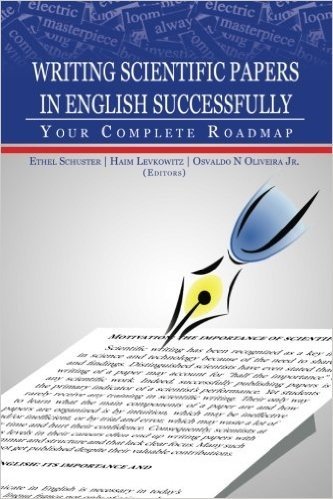



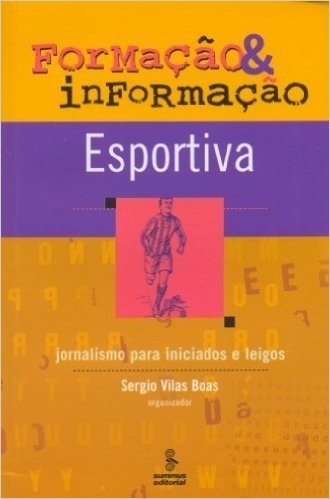




![PLANO DE GOVERNO E A DIVINA COMÉDIA ...Os Coitados... [eBook Kindle]](http://files-castle.com.website.yandexcloud.net/books/96e8982130b80bf601a31bdd69b0a70a.jpg)



